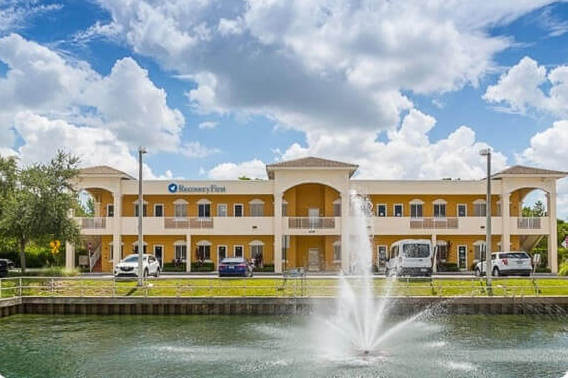The outpatient program, located in Texas, is equipped to simultaneously treat mental illness and substance use disorder
This sponsored content was produced for the Greenhouse PATH Program by the Treatment Magazine Content Studio.
By Erin Gilday, Treatment Magazine Content Studio
Addiction is a complex disease to address, and for some people, treatment can feel less like a road to recovery and more like a perpetually unsolvable maze.
This is certainly the case for an unlucky 37% of patients diagnosed with substance use disorder (SUD) in the United States. For these individuals, the disease of addiction is complicated by the presence of some form of mental illness. This presentation is referred to as “comorbid conditions,” “co-occurring disorders” or simply “dual diagnosis.”
In a country where all types of SUD treatment are in short supply, it’s not surprising that patients with a dual diagnosis of both SUD and mental illness face a dearth of comprehensive treatment options. Many traditional addiction treatment programs claim to “handle” dual-diagnosis treatment planning, but the truth is that few facilities are actually equipped to deal with the nuances of simultaneous treatment of addiction and mental illness.
The Greenhouse PATH Program, a specialized outpatient facility in Arlington, Texas, is an exception.
“More often than not, we see a totally different person walking out of here. That type of outcome is really rewarding to me.”
—Courtney Messina, clinical director for the Outpatient Program at Greenhouse
At the PATH program, patients with a primary mental health diagnosis—whether it’s major depression, schizophrenia, bipolar, OCD, PTSD or schizoaffective disorder—receive comprehensive individualized care and evidence-based treatment for both mental illness and addiction.
“Clients come in—maybe they’re really paranoid, they’re super anxious, they don’t trust anybody. Maybe they’re still responding to internal stimuli—hearing and seeing things. We do some reality testing in combination with medication regimen, if appropriate,” explains Courtney Messina, MA, LPC, LCDC, clinical director for the Outpatient Program at Greenhouse. “Then we get them stabilized so they can even begin treatment for SUD. We have group therapy six hours a day, three days a week. Clients see a provider once a week for MAT [medication-assisted treatment] and/or psychotropic medication management. They attend individual therapy once a week, and they also spend time in general SUD classes.”
Making a Difference
For Messina, the best part of working with dual-diagnosis clients is seeing the positive changes they make in their lives. “When clients leave, we sit around the table at treatment team meetings and look at each other and say, ‘Do you remember when…?’” More often than not, we see a totally different person walking out of here. That type of outcome is really rewarding to me. Seeing that positive change is what really gives meaning and purpose to this job.”
Messina’s passion for positive outcomes is obvious in her philosophical approach to treatment. “Discharge planning starts on day one,” she says. “The day the client walks through the doors, yes, of course, we’re orienting them to the program, getting them acclimated, but at the same time—and equally important—we’re already asking them: ‘What are your plans at discharge? How are you going to maintain sobriety? Who are your sober supports?’”
“It takes a lot of courage and bravery to acknowledge that you need help and that you can’t do it alone—that you need a professional to do it.”
—Courtney Messina
Messina’s secret weapon in providing safety-certified, trauma-informed care to all of her patients at the PATH program? Her name is Emily Clark, LCSW. Clark is the lead therapist for Greenhouse Outpatient and oversees the PATH Program.
“We can’t talk about PATH without talking about Emily,” says Messina. “Emily took over the PATH program last year and introduced an array of different modalities: art therapy, music therapy, role playing, mindfulness. She meets with clients and family members from day one. She explains our program philosophy—that you’ve got to heal what’s going on inside to heal what’s going on outside—and she sets expectations with the client and their family. She meets with patients for weekly individual therapy and is in close contact with family members. Emily has just done an outstanding job of making the program her own.”
The staff at Greenhouse Outpatient know that undergoing treatment for addiction and mental illness simultaneously is an arduous task, filled with pitfalls and challenges. “It takes a lot of courage and bravery to acknowledge that you need help and that you can’t do it alone—that you need a professional to do it,” Messina says. “If it were that easy, everybody would do it.”
Photo: Luisa Azevedo














